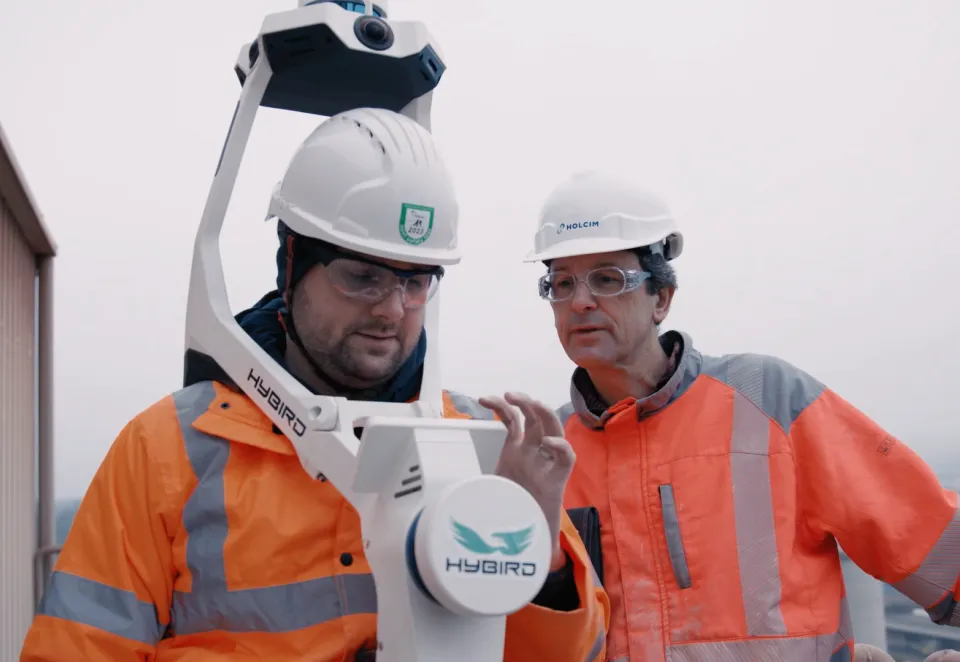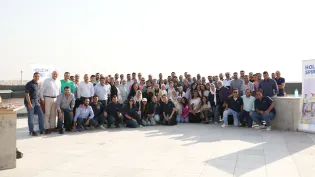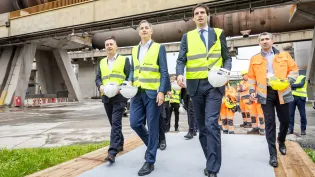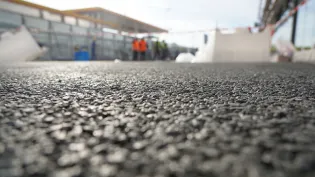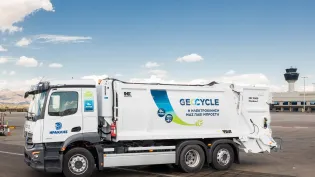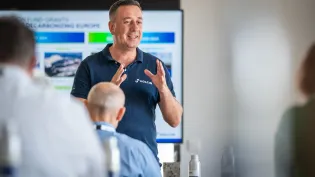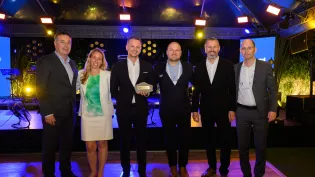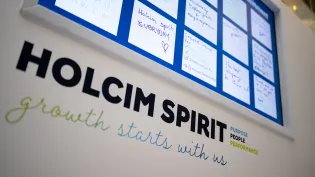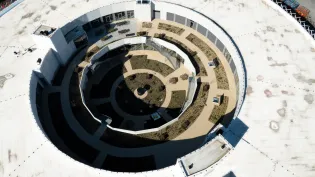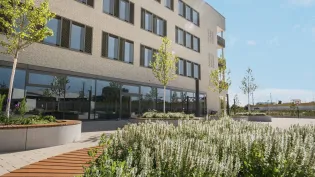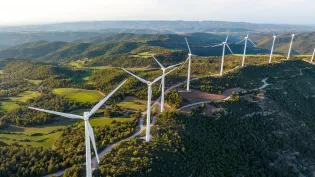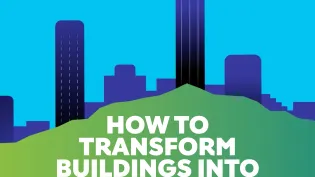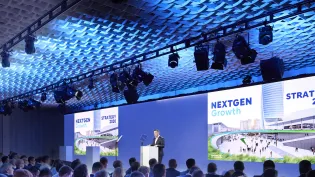Powering smart operations with AI
At Holcim we’re on a mission to decarbonize building at scale, leveraging circular construction and energy-efficient solutions. Artificial Intelligence (AI) gives us the ability to turbo-charge initiatives that can accelerate the transition to sustainable building.
In June 2024, we announced that Holcim will expand and scale use of AI in manufacturing across more than 100 plants worldwide over the next four years, to improve efficiency, quality and safety in production and reinforce capacity for customers.
This will involve further roll outs of a state-of-the-art predictive maintenance solution from leading AI platform software provider C3 AI, as well as piloting generative AI to enhance its capabilities.
What does deploying AI in the building sector look like? We spoke to Louise Harding, Senior Machine Learning Engineer at Holcim, to find out.
In a nutshell, how is Holcim approaching AI across its plants?
Our approach to AI in manufacturing is based on optimizing four key areas: process, product quality, equipment maintenance and health and safety. The goal is to leverage the power of AI to drive decarbonization and maximize operational efficiency. To do that, we’re deploying a range of tools as part of our Plants of Tomorrow program to modernize plants around the world.
Can you tell us about one of the tools you’re working on?
Producing clinker, the main component of cement, using kilns is the most energy-intensive step in the process, and one that we can optimize with AI.
We need to heat the raw material just long enough to achieve the ideal chemical composition, but not so long that we use more fuel than necessary. To check its chemical and mineral composition, the clinker is sampled every one to two hours, which can take up to 40 minutes. If you’re operating a kiln producing, say, 100 tons per hour, this builds in a relatively long delay to react to changing conditions.
3D scanning of a Holcim plant using drones
By using historical data from sensors in the kiln, we’ve created a model to predict the percentage of free lime – or uncombined calcium oxide – in the clinker, a parameter that indicates product quality. Using the output of this model, the kiln operation can be adjusted more frequently, allowing us to optimize fuel usage while ensuring output quality.
Today over 4,500 Holcim employees use Plants of Tomorrow technologies worldwide, and the program has achieved considerable savings. Why has it been so successful?
I think there are a lot of contributing factors, but the main one is our data. Starting many years ago, there’s been a real commitment to data collection at our plants, and it’s ongoing. Our plant teams are continuously installing sensors to monitor kilns and other machines, measuring temperatures, gasses, vibrations and so on. Today, all of our cement plants are equipped with sensors of some kind and actively collect data, which is the essential foundation on which AI is based. Your AI is only as good as your data.
Almost every company today is at least exploring AI to boost its business. What makes things different at Holcim?
For me, it’s a sense of partnership. At Holcim, we partner with our users, with the plants. Our data scientists are not developing solutions in a silo – we work with our people on the ground. We are learning from the plants and testing with the plants. They’re telling us what works and what doesn’t. We have domain experts who can explain the subtleties of how a kiln functions, for example, what the signals from a sensor mean, and so on. It’s a collaborative approach.
Recently, for example, in Spain, we brought a group of maintenance managers together for a workshop to help them navigate a new predictive maintenance tool. We shared with them how we built the models and how we used their plant data. They shared with us what they liked about the system and what would make it more valuable to them as users.
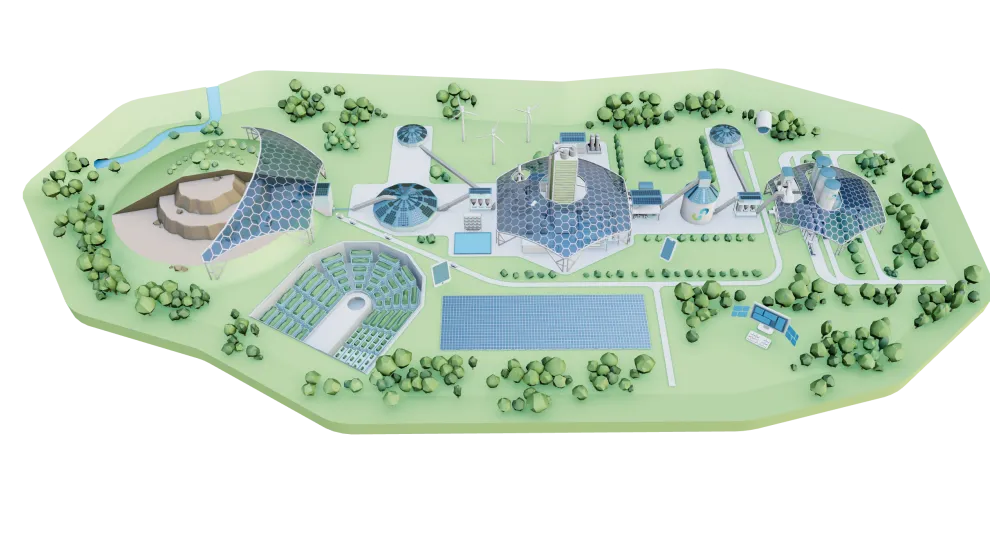
3D model example of a "Smart Operations" plant
What do you think the future holds for AI in construction?
AI, alongside other technologies will allow for the construction industry to optimize their processes, whether it is around health and safety and sustainability initiatives or areas like quality and cost. We can leverage our historical data to learn from the past, fine tune our best practices, and with approaches such as GenAI becoming commonplace, expose this depth of knowledge to employees at the click of a button.






